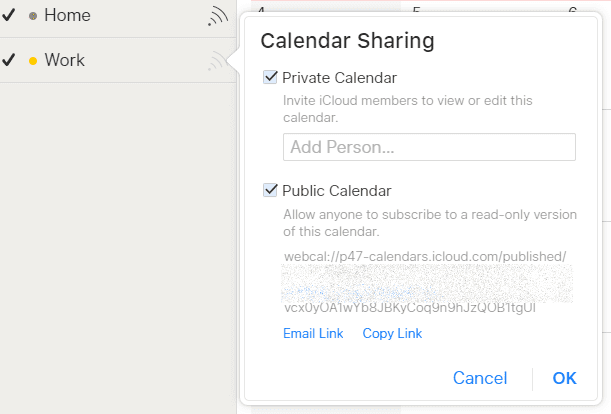

Select Account Settings, and then select Account Settings. For example, if you are a delegate, remove your manager's account from your profile. Remove the second Exchange account from your profile. If the manager and delegate mailboxes have to be accessed in the same Outlook profile, follow these steps: The delegate has added the mailbox account of Corey Gray to their own Outlook profile. In this example, the manager is Corey Gray. For example, the following screenshot shows an Outlook 2010 profile that has two Exchange accounts. However, although there is no warning message or error, this profile configuration is not supported. Outlook 2010, Outlook 2013, and Outlook 2016, Outlook 2019, and Outlook for Office 365 let you add your delegate's account to your own profile and lets your delegate add your account to their profile. Scenario 1: The manager and delegate mailboxes are added to the same profile Additionally, this section provides the steps that you can follow to resolve or to work around these issues. This section describes the two scenarios in which unexpected behavior can occur when you use the Outlook feature that lets you add multiple Exchange accounts to the same profile.

However, you know the credentials to access the additional Exchange mailbox.
#Outlook private calendar two people full#
You do not have Full Access permission to the Exchange mailbox.You have Full Access permission to the additional Exchange mailbox.

You can add an additional Exchange account if one of the following conditions is true: The originator of the meeting will receive the request and can accept or decline it.Microsoft Outlook 2010, Outlook 2013, Outlook 2016, Outlook 2019 and Outlook for Office 365 let you add multiple Microsoft Exchange accounts to the same profile. With either of these options the scheduling assistant will appear for them to find a new time / date. They can also tentatively accept but propose a new time, or decline the meeting and suggest a new time. The attendee can choose to accept, tentatively accept, or decline the meeting invite. Once complete, click Send and the invitation will be send to the attendees' calendars. This can be done by selecting the private button on the Appointment tabħ. It may be appropriate to make a specific appointment private, which will hide the details of the appointment but still show the space in your calendar as busy.

Privacy: it is important to consider who has access to view the detail of your calendar to ensure you are not sharing personal data more widely than is necessary. Add the Subject and Location information.Ħ. The date and time will be displayed as Start time and End time. When you have made your selections, click the Appointment button. You can now see the attendees' availability. Unless you clicked on the date you want the meeting to be, it will default to the time nearest to the current time. Choose the time (and date) for the meeting by selecting one of the suggested times (in the right side column), using the start and end time dropdown menus, or sliding the highlighted barsĥ. When all attendees have been added, select OKĤ. Once found use the Required or Optional button to add their name. Repeat for each person you want to attend the meeting.ģ. You can search the University's address book by selecting Add Attendees and using the search box. In the All Attendees column on the left you will see your own name. In Outlook desktop calendar, select New Appointment, then Scheduling AssistantĢ. Using scheduling assistant to plan a meetingġ. The Scheduling Assistant can only be as accurate as the information people have put in their calendar. It lets you view the attendees' calendars, indicate where there are conflicts, and suggest times when all of the attendees are free. The scheduling assistant lets you see when people in the University are available before planning a meeting. AdviseU: Student Wellbeing Adviser Team.


 0 kommentar(er)
0 kommentar(er)
